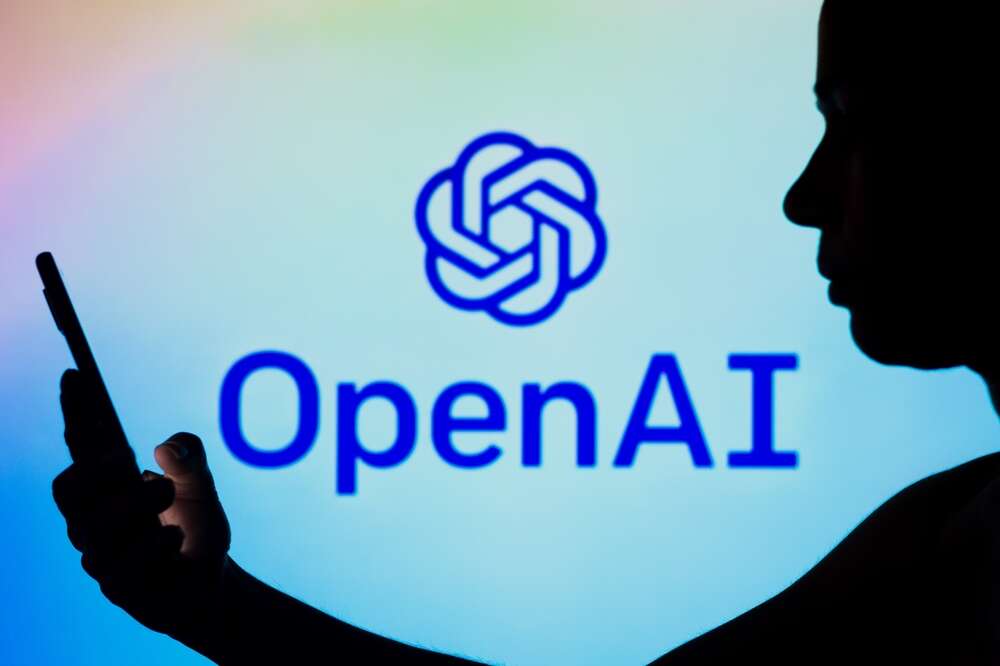
Artificial intelligence company OpenAI has published a new chatbot tool, ChatGPT, that is capable of understanding and responding to natural language queries in a variety of ways. The tool is built on the massive GPT-3 engine and can write code, solve problems and provide customer support.

The new chatbot tool is a sibling model to InstructGPT which powers the new text-davinci-003 generative text tool, using reinforcement learning with human feedback to improve language models and better align them to human instructions.
It is only available for beta testing and evaluation now, but it is expected OpenAI will open API access early next year. This will allow companies to develop products based on the software, which could include coding, optimisation, and call centre tools.
The early demo is said to be part of the GPT-3.5 series of models that are built on a refined version of the GPT-3 instruction set. These are precursor models to the rumoured GPT-4 which is expected to be orders of magnitude more complex.
Some users on Twitter that have evaluated the tool describe it as an alternative to Google as it is capable of providing natural language descriptions, answers and solutions to complex questions including ways to write code, solve layout problems and optimisation queries.
Shital Shah, a research engineer at Microsoft said on Twitter that having tried ChatGPT, including throwing it a range of queries, he thinks we are less than three years away from AI being able to handle search queries “much better” than search engines.
“We don’t realise, but the majority of our queries are conversational. Distributed serving, structured data ingestion and continuous training are big infrastructure pieces that need to be done but it does seem to fit into index shards architecture and looks very doable,” he wrote.
Trained by humans
ChatGPT was trained using reinforcement learning from human feedback (RLHF), the same methods as InstructGPT but with slight differences in the data collection set-up, including using human AI trainers providing conversations – playing both user and AI assistant – to improve its understanding of human call and response.
Dr Roxana Daneshjou, a dermatologist working on AI/ML and precision health from Stanford Medicine said that, with work to check for biases and misinformation, it could make for a medical chatbot to help doctors and patients. She shared example questions around mole colour, chest pain and the Covid-19 vaccine with reasoned fact-driven responses from ChatGPT.
One user who experimented with the tool said it helped them solve a coding task they were assigned at work that should have taken all day, completing the work in a minute, while others have used it to come up with prompts to enter into generative AI image tool DALL-E 2 for the best chance of getting the required output.
The blog post revealing the chatbot included a few example use cases including a user sharing a screenshot of code and writing “this code is not working like I expect – how do I fix it” to which ChatGPT enters a conversation asking for more clarity, then eventually providing a solution showing the line of code that was causing the problem.
This conversation is possible thanks to memory allocation in ChatGPT that allows it to remember earlier responses and act on them, taking that into account when writing a response.
Sam Altman, OpenAI CEO wrote on Twitter that there was a lot more to come, explaining “language interfaces are going to be a big deal, I think. Talk to the computer (voice or text) and get what you want, for increasingly complex definitions of “want”! This is an early demo of what’s possible (still a lot of limitations–it’s very much a research release).”
“Soon you will be able to have helpful assistants that talk to you, answer questions, and give advice. Later you can have something that goes off and does tasks for you. Eventually you can have something that goes off and discovers new knowledge for you.”
Mitigations against evil
ChatGPT has also been given certain restrictions, including limiting its ability to spout hate and misinformation, a problem seen in other large natural language AI models. “While we’ve made efforts to make the model refuse inappropriate requests, it will sometimes respond to harmful instructions or exhibit biased behaviour.
“We’re using the Moderation API to warn or block certain types of unsafe content, but we expect it to have some false negatives and positives for now. We’re eager to collect user feedback to aid our ongoing work to improve this system,” OpenAI explained.
Abdul Rahim, IT professional and founder of Software Test Tips said one of the biggest benefits will be in customer service areas, with ChatGTP able to handle complaints and queries using natural language in a way not previously possible.
“ChatGPT can be particularly useful if you’re running an e-commerce business and find it hard to keep up with all the text messages you’re getting,” he says. “If you’re not answering your messages on time, your customers might turn to a different seller. This way, you can interact with customers and engage them in conversation.”
Rahim adds this allows the company to also gather data on customer behaviour and preferences by analysing the way they interact with the AI without relying on human input. “This information can be used to improve the design of your website or product, target marketing campaigns better, or even create new products entirely based on feedback from your customers, all of which are essential factors to grow your business.”






